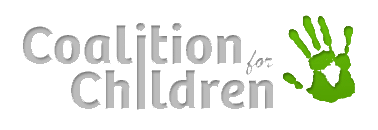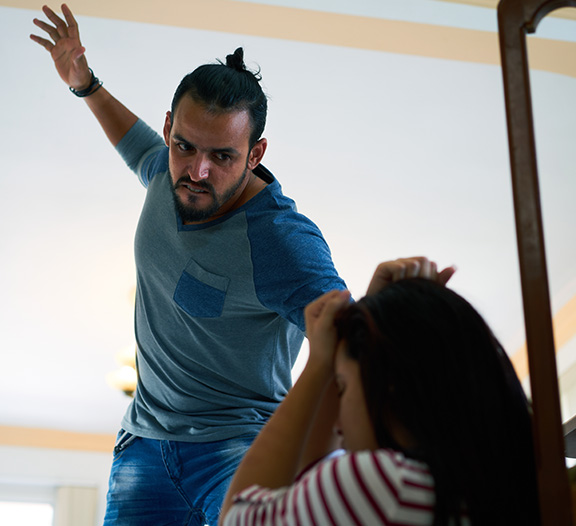Understanding
Child Physical Abuse Tips for Parents
Recognizing Physical Abuse
Non-accidental Child Physical Abuse injury may include severe beatings, burns, biting, strangulation and scalding with resulting bruises, welts, broken bones, scars or serious internal injuries. (National Committee for the Prevention of Child Abuse) An “abused child”, under the law, means a child less than 18 years of age whose parent or other person legally responsible for the child’s care inflicts or allows to be inflicted upon the child physical injury by other than accidental means which causes or creates substantial risk of death or serious disfigurement, or impairment of physical health, or loss or impairment of the function of any bodily organ. It is also considered “abuse” if such a caretaker creates or allows to be created situations whereby a child is likely to be in risk of the dangers mentioned above. (see N.Y. Social Services Law, Sec.412;Family Court Act, Sec. 1012).
PLEASE NOTE – Any one of these observations in isolation could be indicative of other problems. Part of what we observe in physical abuse is a pattern or series of events. Be particularly aware of frequent occurrences which singularly seem to have a reasonable explanation, but which, as a whole, cause concern.
Physical Indicators:
- bite marks
- unusual bruises
- lacerations
- burns
- high incidence of accidents or frequent injuries
- fractures in unusual places
- injuries, swellings to face and extremities
- discoloration of skin
Behavioral Indicators in Child:
- avoids physical contact with others
- apprehensive when other children cry
- wears clothing to purposely conceal injury, i.e. long sleeves
- refuses to undress for gym or for required physical exams at school
- gives inconsistent versions about occurrence of injuries, burns, etc.
- seems frightened by parents
- often late or absent from school
- comes early to school, seems reluctant to go home afterwards
- has difficulty getting along with others,
- little respect for others
- overly compliant, withdrawn, gives in readily and allows others to do for him/her without protest
- plays aggressively, often hurting peers
- complains of pain upon movement or contact
- has a history of running away from home
- reports abuse by parents
Family or Parental Indicators:
- many personal and marital problems
- economic stress
- parent(s) were abused as children themselves, were raised in homes where excessive punishment was the norm, and use harsh discipline on own children
- highly moralistic
- history of alcohol or drug abuse
- are easily upset, have a low tolerance for frustration
- are antagonistic, suspicious and fearful of other people
- social isolation, no supporting network of relatives or friends
- see child as bad or evil.
- little or no interest in child’s well-being;
- do not respond appropriately to child’s pain
- explanation of injuries to child are evasive and inconsistent
- blame child for injuries
- constantly criticize and have inappropriate expectations of child
- take child to different physicians or hospital for each injury
Contact Dr. Kraizer
The Coalition for Children is a not-for-profit (501c(3)) organization founded by Dr. Sherryll Kraizer in 1982. The mission of the Coalition for Children is enhancing the well-being of children, families and society by providing positive, effective, multidisciplinary and culturally diverse prevention programming in collaboration with other organizations and individuals.
Contact Information
Follow


